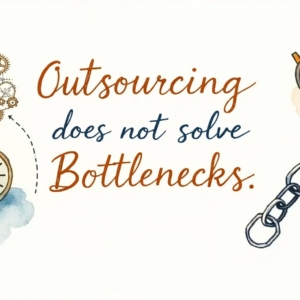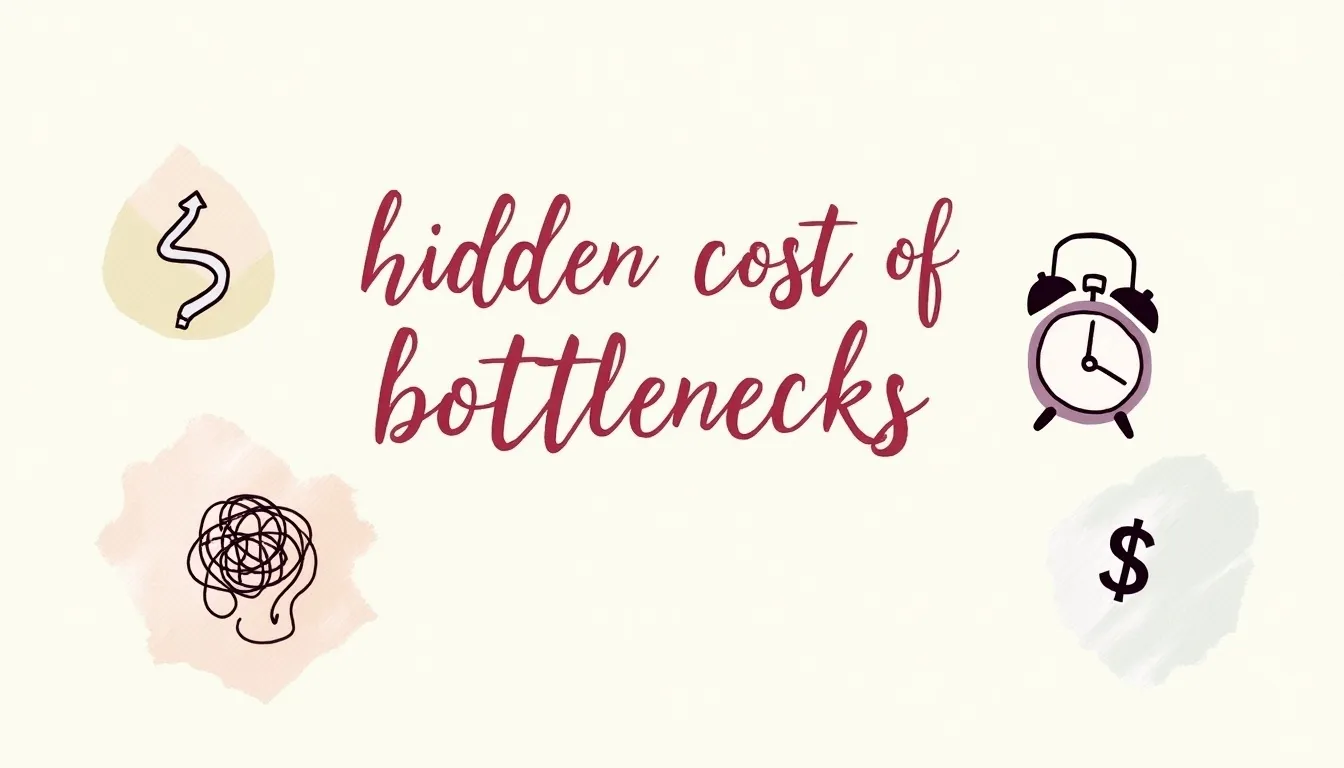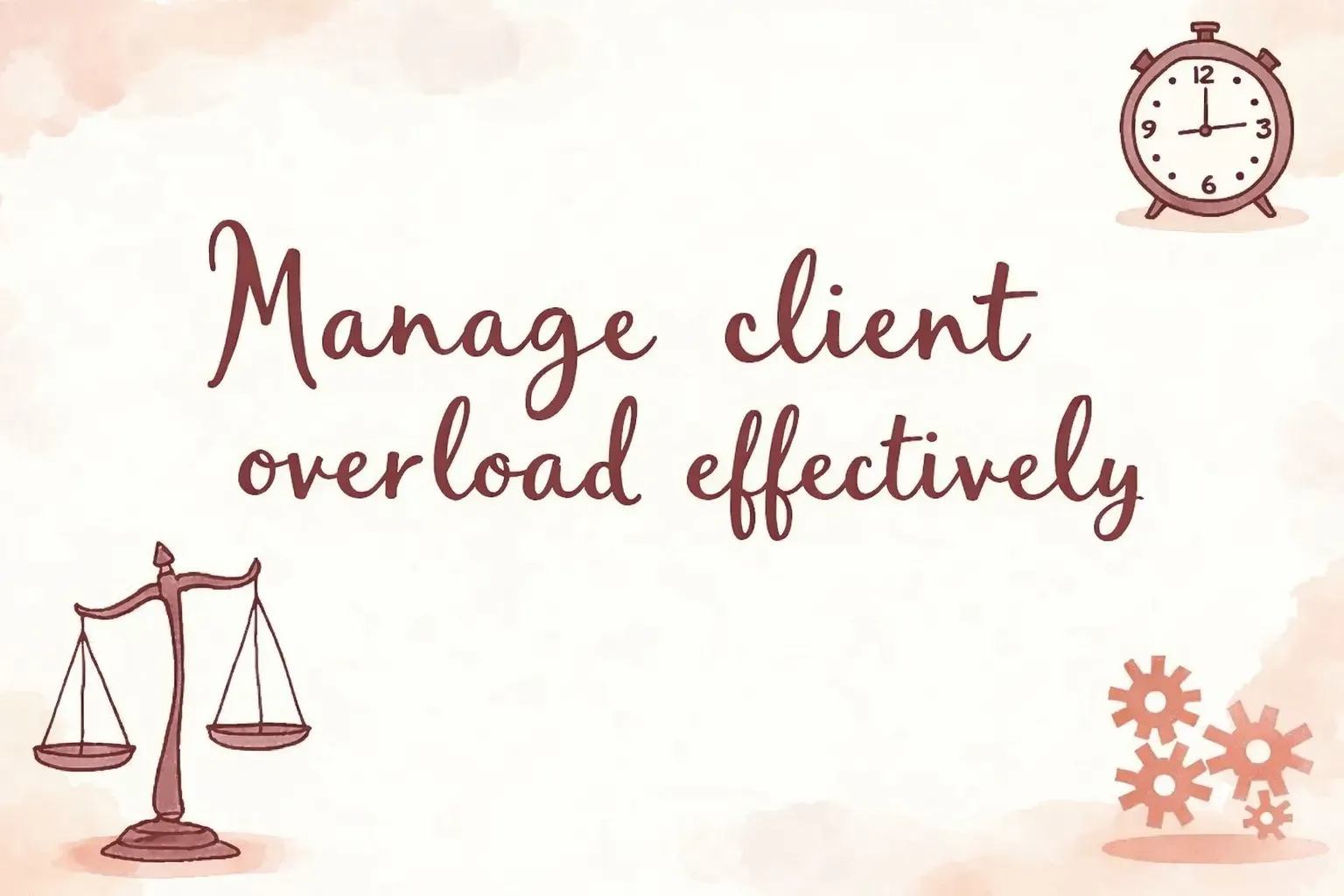If you run an e-commerce store, you probably spend a lot of time looking at metrics. You have goals you want to reach and you know there are numbers you need to watch in order to reach them. In fact, watching those numbers can be a little addictive. What many e-commerce store owners don’t realize is that there are some crucial steps you need to take with your accounting system in order to optimize your e-commerce performance and ensure you have visibility on all the numbers you should be tracking. Follow these six accounting tips and you’ll be in a much better place to guide your e-commerce business to financial success.
Accounting Tip #1: Track expenses by category
![]()
One of the easiest accounting mistakes you can make is to think only about the big picture of revenue and expenses. If you see each as one lump sum, you lose focus on the little details that you can control.
Make sure your accounting system is set to track expenses separately for each product line or category. This allows you to see exactly what you’re spending to operate the part of your business and gives you a true picture of your profit margins. Unfortunately, without tracking expenses on a granular level like this, most e-commerce sellers believe their profit margins are higher than they really are.
Accounting Tip #2: Don’t forget about overheads

Overhead expenses are another area that can make your profitability unclear. You may have administrative expenses, salaries, and other expenses that don’t line up directly with any product line. You still need to be sure you consider these expenses when you look at your business.
It’s easy to think that overhead expenses are “unavoidable” because they’re just part of doing business. In many cases, however, there are unnecessary costs eating into your profits that could be reduced or eliminated.
Take shipping, for example. For e-commerce stores that ship internationally or offer free-shipping promotions, these costs can fluctuate and impact your margins more than you might expect. Rush Order provides tools to help businesses better estimate and manage shipping expenses. With features like real-time shipping rate calculations and streamlined order fulfillment, stores gain clearer visibility into logistics costs and can plan their pricing or marketing strategies more effectively. Tools like these help you keep overheads in check and improve overall profitability.
Accounting Tip #3: Keep track of customer lifetime value

You’ve probably heard the saying that it’s easier to keep a customer than gain a new one. This is very true in e-commerce. The more you can sell to the same customers over and over, the less you’ll need to spend getting the attention of new customers. This is where Customer lifetime value (CLV) comes in.
CLV is just what it sounds like: the total amount of money a consumer spends, on average, during their lifetime as a customer with you. Customer service and quality products keep them coming back, while complimentary offerings entice them with more opportunities to continue to buy from you. CLV also informs how much you can afford to spend acquiring each new customer, which will help guide your marketing strategy.
Accounting Tip #4: Know your marketing costs

Once you’ve identified your CLV and have a good idea of how much a new customer is going to be worth to your business, you need to know how much they’re actually costing you. Customer acquisition cost (CAC) will show you how much you spend on each new customer and, by extension, how long it takes you to make that money back and start making a profit.
But if you want to truly optimize your e-commerce shop, don’t stop at overall CAC. By tracking your marketing costs by channel – and measuring the effectiveness of each channel – you can determine which is the most affordable way for you to acquire new customers.
For example, if you simply measure all of your marketing together (including paid ads, organic social media campaigns, and email marketing) you’ll never know if one method is pulling more than its weight for you. By tracking each channel separately, you may discover that email is most affordable and then redistribute your marketing budget to ramp up your email marketing efforts – and grow your profits.
Accounting Tip #5: Find your sweet spot

You may have noticed a trend here when it comes to tracking and measuring each area of your business more carefully. By tracking expenses and revenues by product line, a much clearer picture will emerge. And you might just be surprised by what you see.
In most e-commerce businesses, as much as 80 percent of the profit comes from just 20 percent of the products. Out of that other 80 percent of products, some are marginally profitable. Some just break even, and some may actually lose money for you.
How is that possible? Because once everything is pooled together, those products that are costing you are hiding behind the profitable ones.
You need to get a clear picture of which products are in that 20 percent sweet spot and which are holding you back. Then adjust your e-commerce shop to cater to highly profitable products. You also target only the customers who are looking to buy them. Simply by dropping certain items from your store, you can often increase your profits. It also helps you reduce work (because you’re not wasting time selling and shipping those losing products).
Accounting Tip #6: Don’t let the books fall behind

There’s a good chance bookkeeping isn’t your favorite part of the day (week or month). But it’s important to stay on top of it. When your bookkeeping and accounting are up to date, you can make savvy business decisions. The decisions further lead to more profit and less stress. On the other hand, when your books are out of date or inaccurate, you’re left making decisions with bad information.
Work with a professional, or set up a system to make sure all the right bookkeeping and accounting tasks get done when they’re supposed to. If things start to fall behind, make sure you get the help you need to stay on track:
- Get your sales entered in a timely manner
- Enter your expenses in the right categories
- Make sure any uncategorized income or expenses get sorted into the right accounts ASAP
- Closeout your books each month and create a journal entry for any depreciating assets
- Reconcile your bank and credit card accounts monthly to be sure everything is accurate and there are no surprises
- Review your P&L, Balance Sheet, and Cash Flow Statement on a monthly basis
Your accounting system is a powerful tool for running a successful e-commerce business. However, you have to keep it in good shape and pay attention to what it’s telling you.
Follow these six accounting tips and you’ll be able to make better decisions. Profits will increase for your e-commerce store in no time.





















